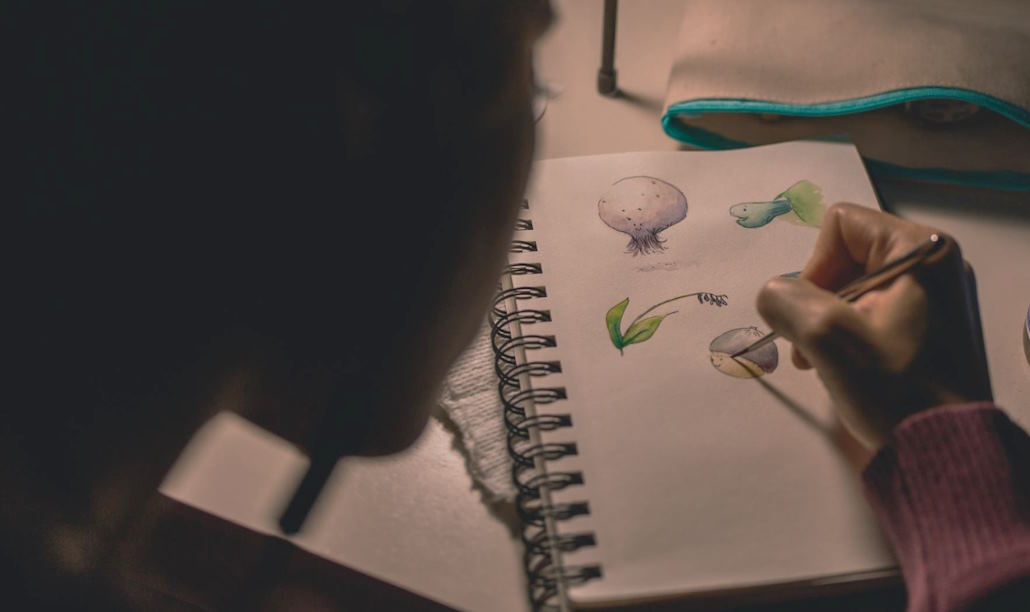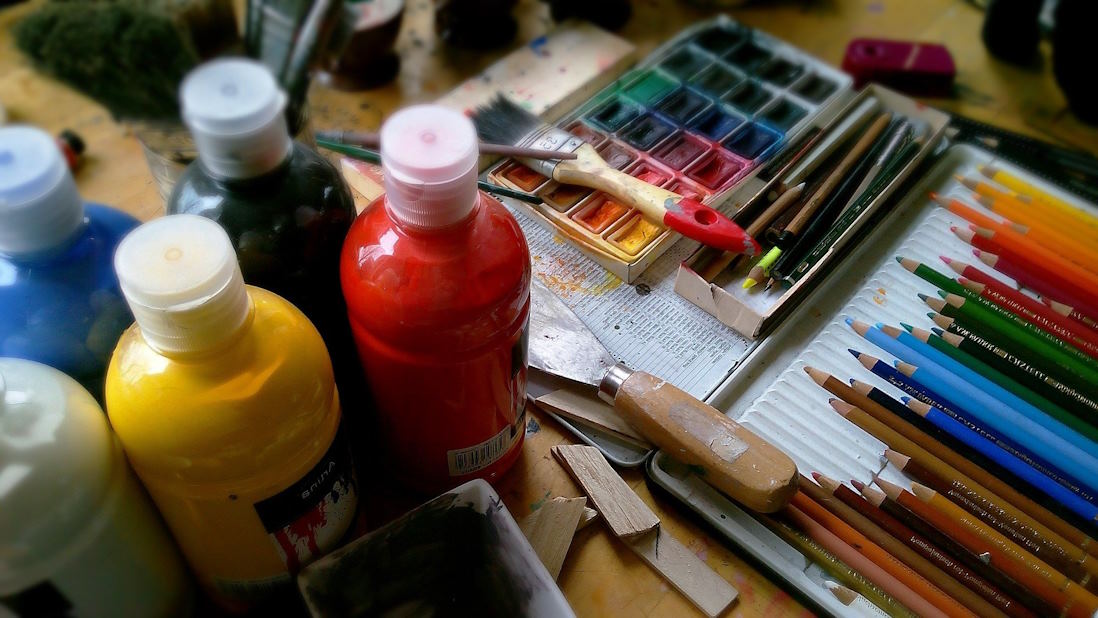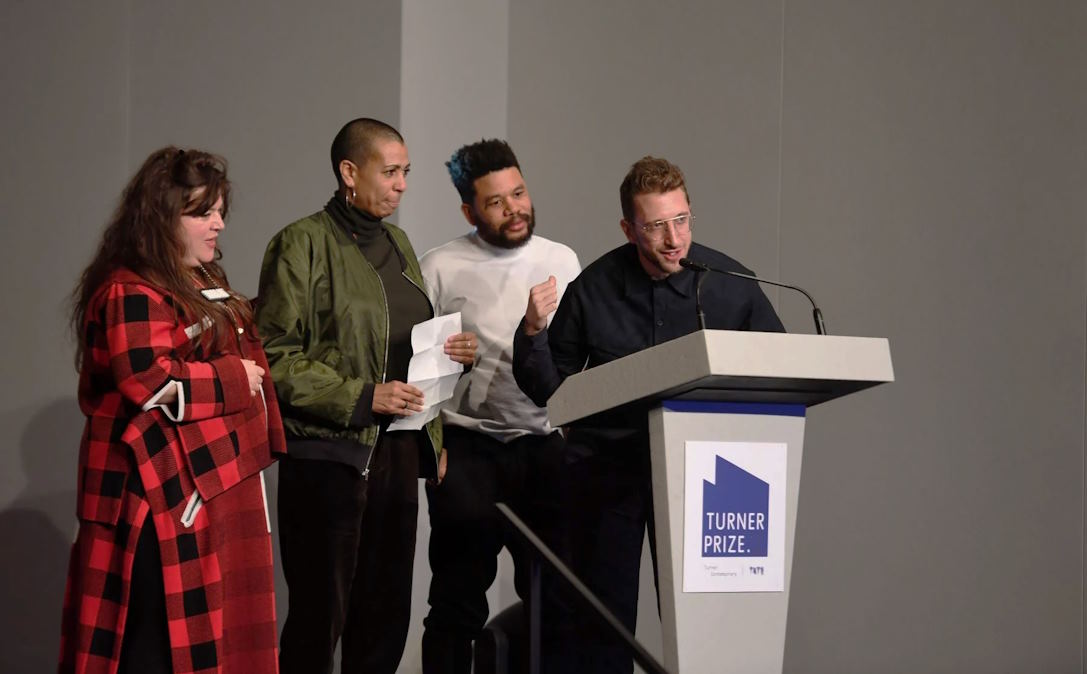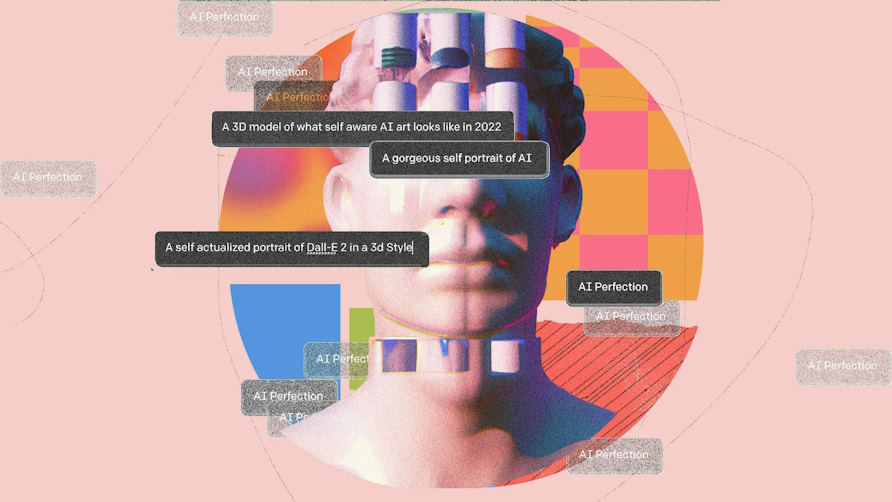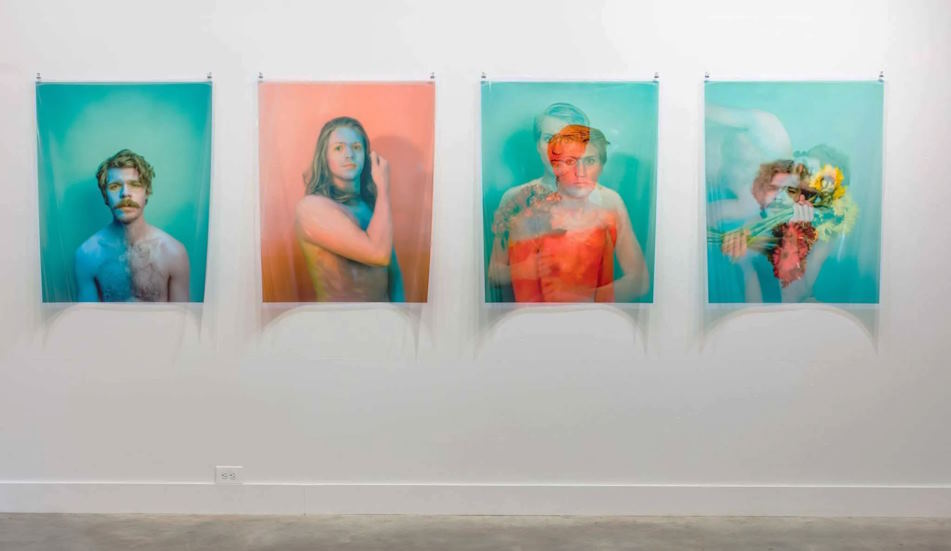
Experimentation is vital in the realm of art, serving as a catalyst for artistic evolution. By engaging in iterative processes, artists can explore new techniques, mediums, and ideas, leading to the development of unique styles and groundbreaking works. This article delves into the significance of experimentation in art and how it fosters growth and innovation.
The Vitality of Experimentation in Art
Artistic experimentation involves trying out new methods, materials, and concepts. This practice is crucial for several reasons:
- Skill Enhancement: Experimentation challenges artists to expand their skill sets. For instance, a painter might explore different brush strokes, or a sculptor might work with new materials like metal or clay.
- Creative Problem-Solving: Facing new challenges requires artists to think creatively to overcome them. This process sharpens their problem-solving abilities and leads to innovative solutions .
- Personal Growth: Through experimentation, artists can discover new facets of their creativity and gain confidence in their artistic capabilities.
Experimentation Fuels Artistic Evolution
Experimentation is not just about trying something new; it’s about the iterative process of refining techniques and ideas. This can be seen in various forms:
- Techniques and Styles: Artists often experiment with different techniques to find what best expresses their vision. Mixing techniques, such as combining dry brush with impasto or layering paints, can yield unexpected and exciting results.
- Mediums and Materials: Exploring new materials can lead to unique creations. For example, a digital artist might try their hand at animation, or a writer might venture into screenwriting.
- Scale and Composition: Changing the scale of work, such as moving from large murals to small detailed pieces, can offer new perspectives and focus areas for artists.
The Iterative Process of Artistic Experimentation
The iterative process is a cyclical method of creation and refinement. Key elements of the iterative process of artistic experimentation include:
- Initial Concept: Starting with a basic idea or inspiration.
- Experimentation: Trying out different approaches and techniques.
- Feedback and Reflection: Assessing what works and what doesn’t.
- Refinement: Making adjustments and improvements based on feedback.
- Repetition: Repeating the cycle to continuously improve and innovate.
Practical Applications
Artists can incorporate experimentation in various ways:
- Theme Variation: Trying new themes or subject matters can break the monotony and inspire fresh ideas. For instance, a painter focusing on landscapes might try abstract themes to explore different emotions and styles.
- Cross-Medium Exploration: Artists can gain new insights by working in different mediums. A sculptor might experiment with digital modeling, or a poet might try their hand at visual art.
- Collaborative Projects: Working with other artists can introduce new techniques and ideas, fostering mutual growth and creativity.
Experimentation is the bedrock of artistic growth. By embracing new techniques, materials, and ideas, artists can push the boundaries of their creativity and develop their unique voices. The iterative process of experimentation ensures continuous improvement and innovation, making it an indispensable part of the artistic journey. Whether through varying themes, exploring different mediums, or collaborating with others, the vitality of experimentation in art cannot be overstated.

